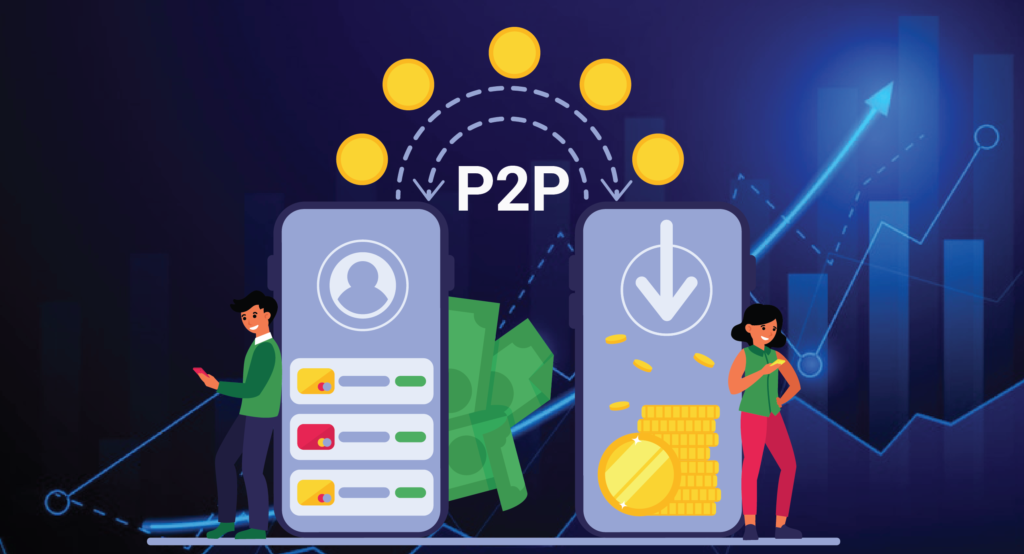
Peer-to-peer, or P2P, is a type of computing architecture that allows users to interact directly with each other over the internet, without having to rely on centralized services. This decentralized model eliminates the need for an intermediary entity, such as a corporation or government organization, to oversee transactions.
So how exactly does P2P work? In essence, P2P networks enable individual nodes (users) to connect and share resources between one another. By doing so, users can transfer files, data, and other digital assets through direct communication without relying on third-party servers or data centers.
For example, let’s say you wanted to file-share a video with a friend. Instead of sending it through a centralized service like Dropbox or Google Drive—which requires you both to have accounts with those services—you could use P2P technology to send it directly from your computer to theirs. In this case, your computer would act as the server and your friend’s computer would act as the client. Once the file has been received by the recipient’s device, it can then be opened for shared access by both parties.
At its core, P2P technology uses a process called “swarming,” where files are broken into small pieces called “packets” and then sent out from multiple sources at once in order to speed up file transmission times. Each recipient device then communicates with every other connected device in order to receive all of the packets necessary for loading the original file. This helps ensure that everyone receives each packet at roughly the same time without requiring any one user in particular act as a central hub of data transmission like in more traditional models of information exchange.
While P2P networks can revolutionize productivity and collaboration within various business models, they can also potentially increase security risks when it comes to accessing sensitive information online due to their open-sharing process; however programs like encryption are becoming increasingly common tools used within these networks in order to mitigate these risks.
It’s clear that peer-to-peer technology is playing an increasingly important role in our technological world today and its advantages over traditional centralized models are undeniable. As always however, we must remain cognizant of potential security issues when sharing personal data online and should take measures such as strong encryption use in order ensure our data remains safe and secure when using any type of peer-to-peer network.